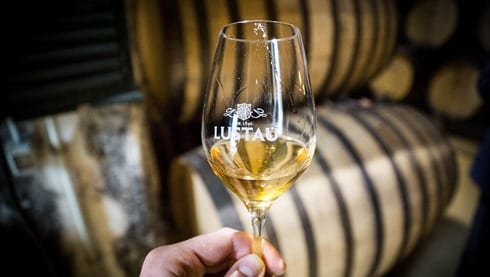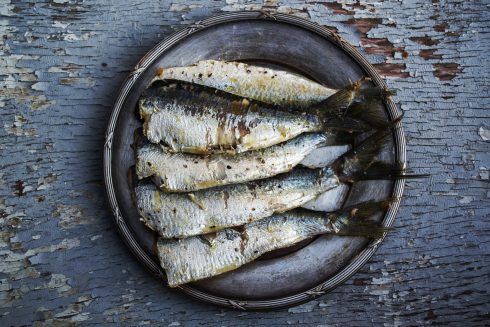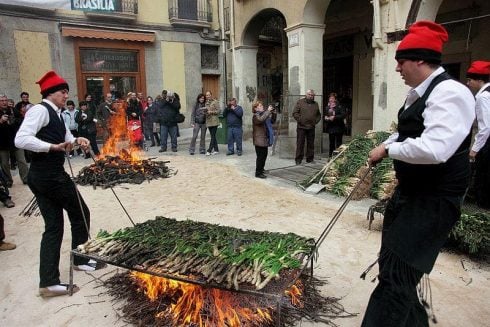SHERRY is often called ‘the most civilised aperitif in the world’.
Few wines can match a chilled fino or manzanilla when it comes to preparing our palate for the culinary delights to come.
What few know, however, is that the possibilities of sherry wines go much further at the table than the pre-prandial nibbles. If sherry could be summed up in one word, it would be ‘versatile’.
There is a type to suit every taste, occasion and moment of the day, and every course on the menu. Sherry enhances the flavours of our favourite dishes and offers marriages of sensations that other wines simply cannot.
Sherry and manzanilla are produced in Jerez, Spain’s oldest winegrowing region.
Sherish was the arab name for the city founded by the Phoenicians 3,000 years ago and the words sherry and Jerez trace their roots back to it.
Throughout history, sherry has occupied a privileged position. It was the favourite wine of discoverers such as Columbus, its praises were sung by William Shakespeare and Alexander Fleming who invented penicillin declared it to be the best remedy against disease.
This exceptional drink is produced by one of the oldest and most unusual wine-producing techniques in the world.
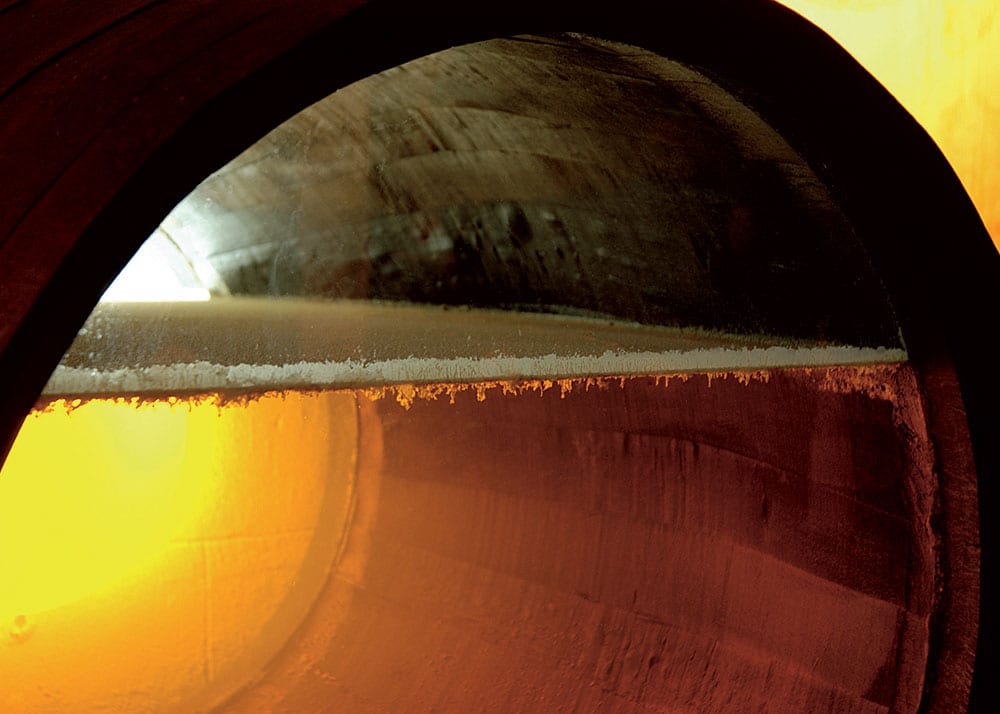
The secret of sherry’s unique character lies in the ‘flor’, a layer of yeast that insulates the wine and protects it from contact with air. The flor appears spontaneously on the surface of the wine once the fermentation process has finished. Each year when this is complete, the Jerez ‘caparaces’ – ‘cellarmen’ – are faced with one of their most important decisions – how each wine is going to be aged and what style it is destined to become.
The palest, lightest wines will be aged biologically to become fino or manzanilla. Wines with more body will undergo oxidative ageing in direct contact with the air to become olorosos.
The ageing process begins in butts of American oak. In the case of fino and manzanilla the wine is protected from oxidation by its ‘flor’. As the flor is a living organism (yeast), it interacts with the wine, giving it aromas and flavours. Oloroso’s higher content of alcohol prevents the appearance of ‘flor’.
The wine is aged according to the ‘soleras and crianzas’ system. The butts are stacked in rows according to their age. Those with the oldest wines rest on the floor (suelo in Spanish, hence the name solera).
When the wine is extracted for bottling from the solera butts, it is immediately replaced with wine from the next level up, known as the primera criadura – literally the first nursery. This in turn is topped up with wine from the row above it and so on, up to the top row containing the youngest wine.
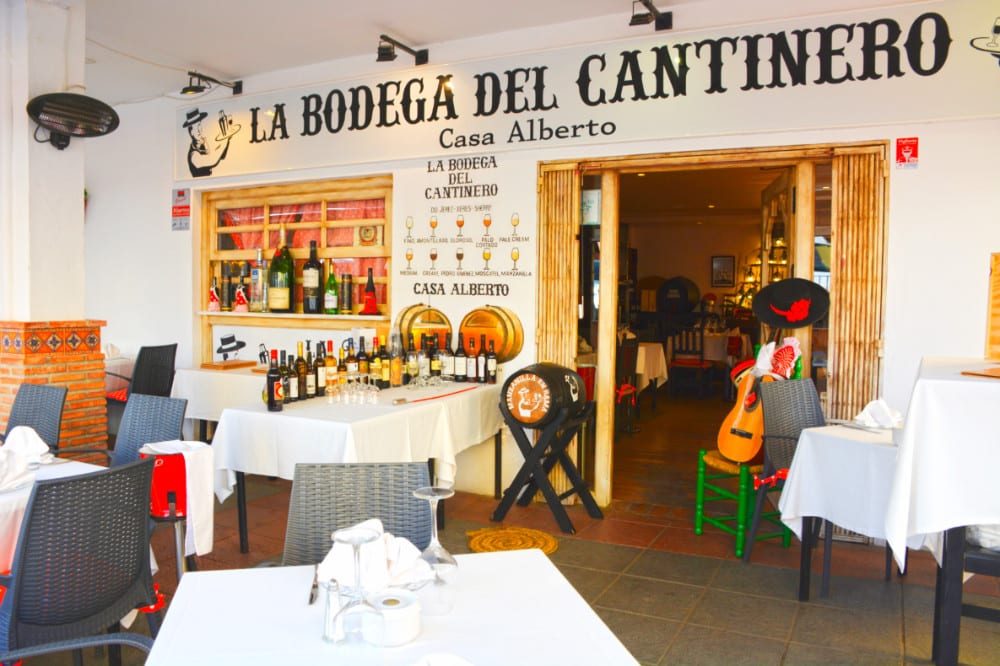
Within the wide range of different sherry wines there are three great families. Generoso wines comprise manzanilla, fino, amontillado, oloroso and palo cortado; generoso liqueur wines, which include medium, pale cream and cream sherries; and Natural Sweet wines, including Pedro Ximenez and Moscatel.
On the other side, the Consejo Regulador certifies three special categories according to the peculiarities of their ageing:
- Sherries with an indication of age of 12 and 15 years
- Sherries with a certified age of 20 and 30 years
- VOS – Vium Optimum Signatum in Latin, or Very Old Sherry, are vintage sherries with a certified age of more than 30 years
- VORS – Vium Optimum Rare Signatum, or Very Old Rare Sherry
One of the most important processes involved in making sherry is extracting samples. From the first classification of ‘must’ and through the lengthy process of ageing in the criaderas, the bodeguero constantly needs to taste the content of each butt. This is done through the historic Jerezano art called venenciar.
It is the venenciador – the taster – who slides the venencia – a long flexible stick with a cup on the end of it – into the bung-hole of the cask and through the flor to extract a wine sample. The central part of the butt is deep below the ‘flor’ layer where the sediment collects and can only be reached with a venencia.
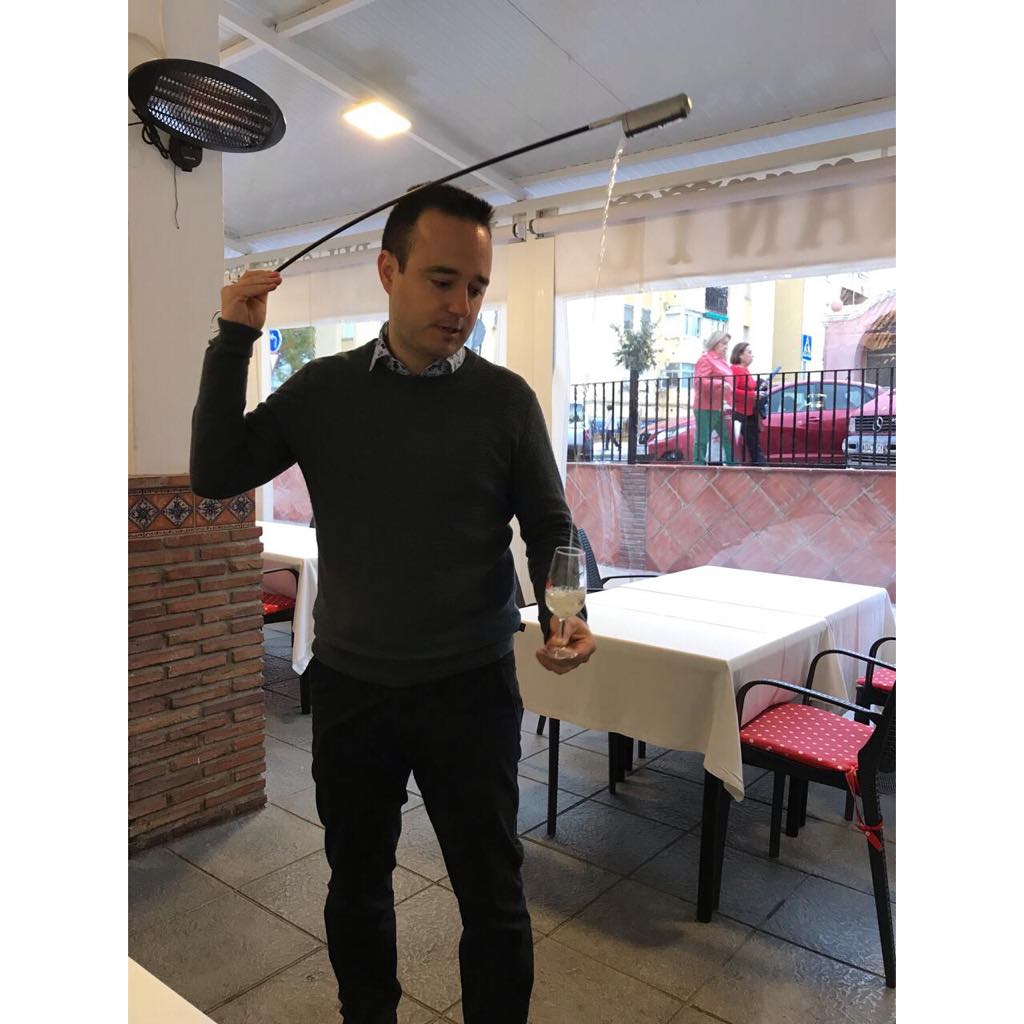
Then the sample has to be skilfully poured at height – to aerate the wine and open up its flavours – into a tiny tasting glass – an art practiced in bodegas that is not only vital but a long-standing irreplaceable tradition as well as – these days – a tourist attraction.
La Bodega del Cantinero in San Pedro de Alcantara, is a little corner of Jerez on the coast boasting the only restaurant in the world to practice this ancient tradition every single day.
This little corner of Jerez on the coast is also the only place for miles around where you can enjoy not only sherries but a whole range of authentic Andalucian flavours. From the cuisine to the service, the ambience to the flamenco shows, it’s the perfect place to get better acquainted with Vinos de Jerez.
Perfect sherry pairings
Sherry is a singular wine and as such, it is worth bearing in mind a few simple tips in order to enjoy it at its best – maximum enjoyment being the objective.
- The traditional sherry glass is not essential. Try serving it in a wider white wine glass and you’ll enjoy it just as much.
- Try mixing it with ice or using it as abase for a refreshing summer cocktail.
- Fino is a pale golden wine with a sharp, delicate bouquet of almonds. Light and dry on the palate, it is perfect with all types of tapas, jamon iberico, fish, shellfish and all vinegar dishes.
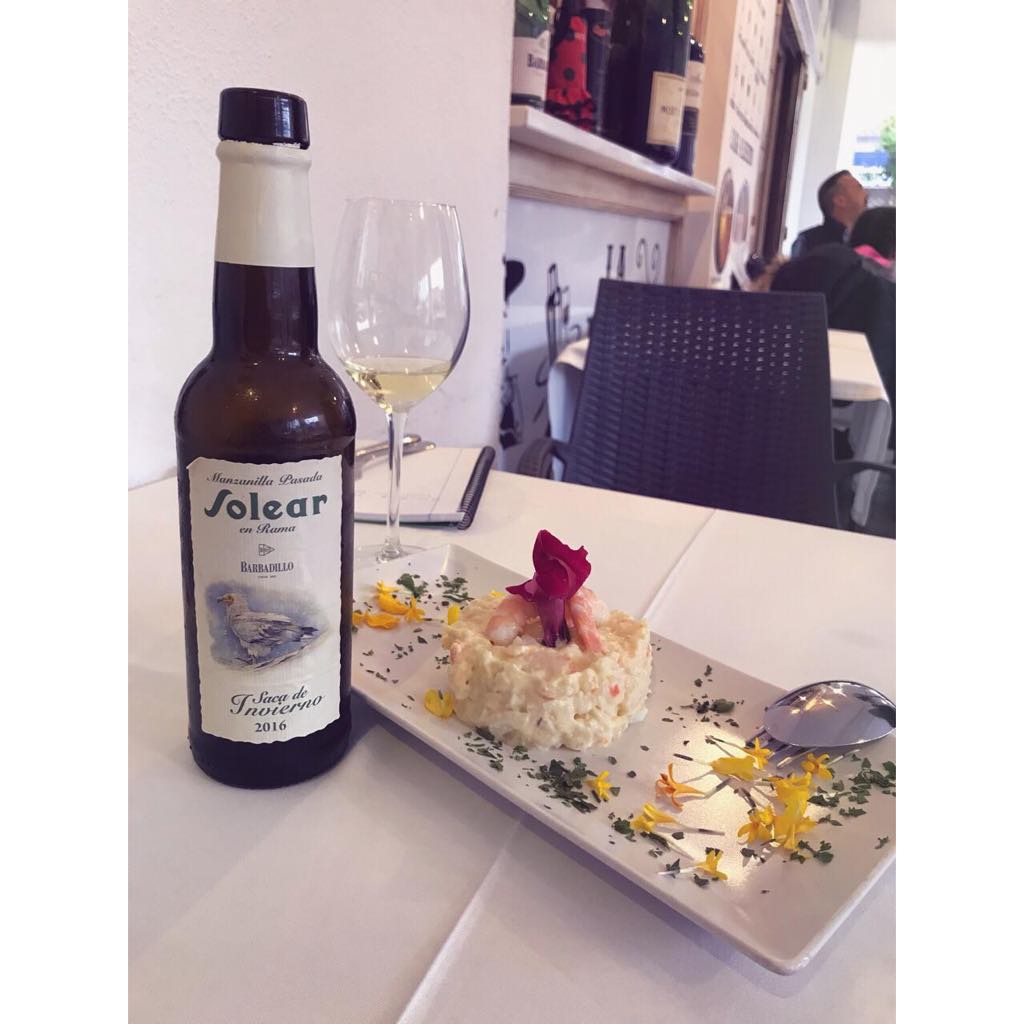
4. Manzanilla has a very pale straw colour, a dry sharp bouquet, light on the palate and is also ideal for tapas, fish and shellfish, vinegar dishes and smooth cheeses.
5. Amontillado is an elegant amber coloured wine with a subtle bouquet of hazelnuts, complex and evocative. It’s the perfect pairing for soups, white meat, oily fish, wild mushrooms and semi-cured cheeses and the only one that goes with artichokes and asparagus.
6. Oloroso has an elegant amber-to-mahogany colour. Full bodied with a pronounced nutty bouquet, it is the perfect partner for red meat, game, stews and casseroles.
7. Medium sherry is a light mahogany coloured wine, slightly sweet on the palate. Besides being an enjoyable aperitif, served chilled it is an ideal partner for pate, quiche and spicy dishes such as curry.
8. Cream is a sweet wine, full bodied and velvety, with an intense aroma and a mahogany colour. Savour it with fruit, pastries, ice cream, foie gras ord blue cheese.
9. PX is a full vigorous dessert wine in its own right. Exceptional with bitter chocolate, ice cream and strong blue cheese such as Cabrales, Roquefort or the Andalucian Payoyo blue cheese.


